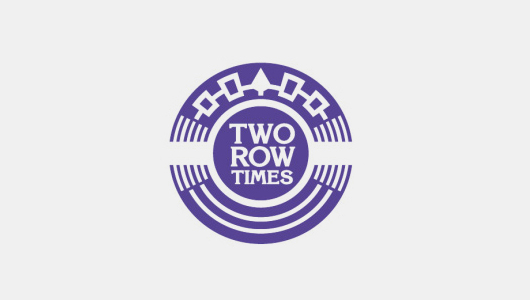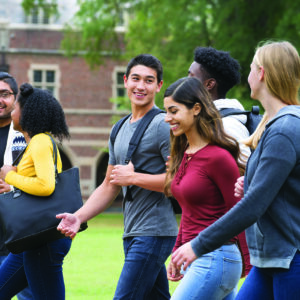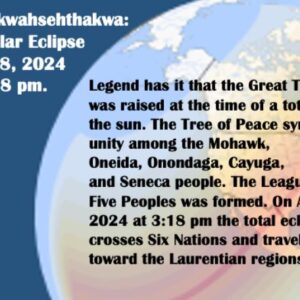
There are many native women’s agencies all across Canada who have been advocating for the rights of Indigenous women for decades. Each year these agencies receive millions of dollars in government funding to research, create and offer programs and services geared towards ending violence against women.
Many of these agencies offer specific services for families of missing and murdered Indigenous women and girls. While those services are very much needed to support families of the victims, in 2015, Statistics Canada released a report entitled, “Homicide in Canada,” which found that Indigenous males were three times more likely to be murdered than Indigenous females.
Furthermore, Indigenous men are seven times more likely to die a violent death than non-Indigenous men. In 2015, Indigenous men made up 25% of homicide victims in Canada yet Indigenous people as a whole make up less than four percent of the overall population in Canada.
Despite this alarming evidence, there currently does not exist any national native men’s associations to advocate on their behalf.
While many regional native centres and national native women’s agencies do include the needs of Indigenous men in their programs and services, it tends to be from the perspective of native men as perpetrators of crime, such as domestic violence, as opposed to native men as victims of crime. Not only are Indigenous men victims of homicide at a rate that far exceeds any other race or gender in Canada, these men, elders and boys are disappearing and dying extremely violent deaths.
What separates missing and murdered Indigenous women from men? How are they different? How are they similar?
With Indigenous female victims of homicide, there often is a sexual component. Many victims were sexually assaulted before, during or after their homicide. Some women are preyed upon, for example, by Johns. Some women are killed by their partners.
Other women are victims of serial killers, who tend to be middle aged white males. Many women are seen as sort of an “exotic fruit” to the colonial eye. They are targeted, sexually violated, killed and then tossed away. Many victims of the Highway of Tears homicides were found slain along the Yellowhead highway in British Columbia.
Their bodies discarded in ditches and in bush areas. Many of the female victims have yet to be found with many disappearances going back decades. Their families still waiting for answers and ultimately, closure.
With missing and murdered Indigenous men, it tends to be more gang related, especially in the western provinces where Indigenous gangs are rampant both inside and outside of prisons. These gangs also control many Indigenous communities.
Homicides of Indigenous males is not always a result of “native-on-native” violence. There are hundreds of case examples of Indigenous men being preyed upon by non-Indigenous people.
Take for example a more recent case, Jacob Sansom and Morris Cardinal, two Metis family members who were shot dead while on a hunting trip, by two white males, a father and son duo.
This happened last March. Both have since been charged with second-degree murder and are awaiting trial. Colton Boushie is another example. He was a 22-year-old Cree from Red Pheasant First Nation in Saskatchewan. He was shot point blank by a white farmer, Gerald Stanley in 2016.
There are thousands of more cases like Colton Boushie, Jacob Sansom and Morris Cardinal. And while no one knows the exact number of missing and murdered Indigenous men, we do know they are three times more likely to die a violent death than Indigenous women. Yet there is currently no national Indigenous organization to advocate for male victims of homicide, disappearances and violence.
Families of missing and murdered Indigenous men and boys should receive the same level of support, compassion and justice as anyone else because there is no greater grief in this world than a mother who loses a child, whether it be a son or daughter.







